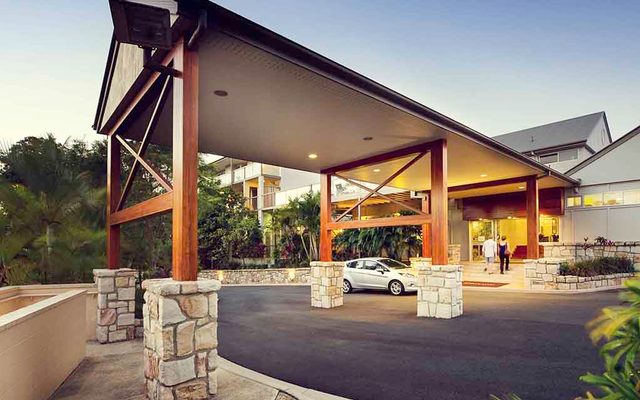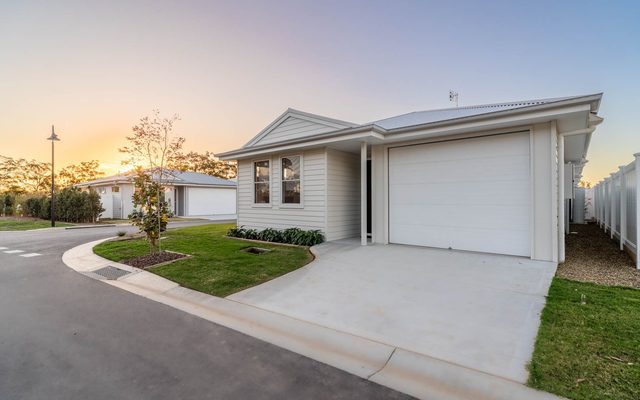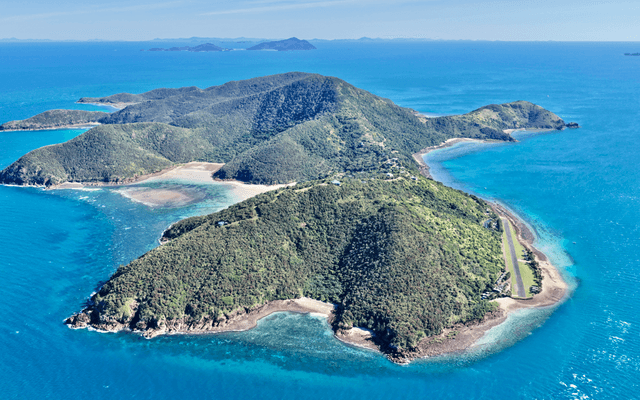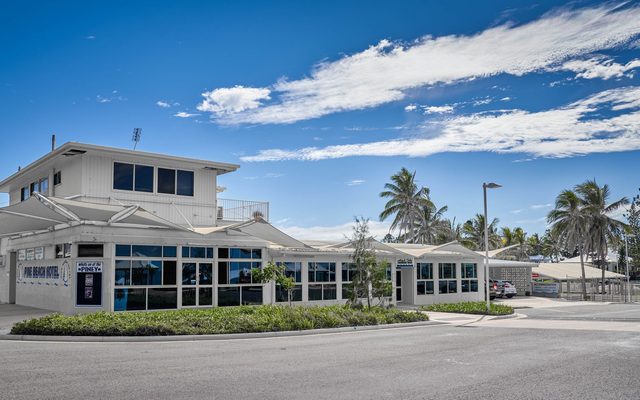This article is from the Australian Property Journal archive
EXPECTATIONS for the residential property market are slightly pessimistic, according to the National Australia Bank.
The NAB Residential Property Index, which surveys 270 market professionals, predict national house prices will grow by only 1.2% by December 2013 (0.5% previously).
Western Australia is expected to significantly outperform the other states, with prices rising by 3.2%. In New South Wales, prices are forecast to rise by 1.9%, with growth of 0.8% and 0.5% tipped for South Australia/Northern Territory and Queensland respectively.
House price growth is forecast to be slowest in Victoria at 0.3%, but this represents and marked turnaround from a -2.1% decline forecast in September.
NAB chief economist Alan Oster, senior property economist Robert De Iure and head of industry Dean Pearson said these expectations may be a touch pessimistic.
“A structural shortage of housing remains, commencements are still weak, interest rates are falling and the unemployment rate is still comparatively low.
“These factors should continue to maintain a floor under house price growth, which we see resuming at below 4% in 2012 after drifting down in 2011,” they forecast.
Overall the NAB Residential Property Index turns slightly positive in the December quarter as the pace of national house price decline slows and rental growth accelerates.
The index moved back into positive territory in the December quarter (+1 point) after two consecutive quarters of negative results. Although conditions improved in all states, there is considerable variation in state performance.
Conditions remain weakest in Victoria (-22) and QLD (-18) and strongest in NSW (+31) and WA (+18).
National house prices continued to fall, but the pace of decline slowed to -2% (-2.4% in Q3). NSW (-0.3%) was the most resilient market while prices fell most in Queensland (-3.2%) and Victoria (-2.8%). House prices are expected to fall by -0.4% over the next year (-1% in Q3). Modest growth is expected to resume in NSW (0.8%) and WA (0.1%), but the national average will be held down by continued price weakness in Victoria (-1.3%), SA/NT (-1.2%) and Queensland (-1%).
Rental growth is accelerating and forward expectations have been revised up. Rents increased by 1.2% in the December quarter (0.7% in Q3), with rents improving in all states bar NSW.
Rental growth was softest in Victoria (0.4%) and Queensland (0.4%), and strongest in WA (2.5%) and NSW (2.2%). Average rents are expected to rise by 3.2% over the next year (2.5% in Q3). Rental expectations are strongest in NSW (4.5%) and WA (4.4%) and weakest in Victoria (1.8%) and Queensland (2.2%). Over the next two years, nationwide rents are tipped to rise by 4.6% (4% in Q3), led by WA (6.5%), SA/NT (6.5%) and NSW (5.6%).
They said there was a notable increase in first home buyer activity in the new property market, likely reflecting a more benign interest rate outlook and softer house prices.
“Investors and overseas buyers were also more prominent in this market. Demand for new property remains strongest for inner city housing and low rise CBD apartments and townhouses.
“Resident owner occupiers continue to dominate the market for existing properties, but there was also a small increase in first home buyer activity in this market,” they said.
“Demand for all types of existing property strengthened slightly in all locations and the best prospects for capital growth continue to be identified in sub-$500,000 markets,” they continued.
However the survey found access to credit, interest rates and employment security continue to be seen as the biggest impediments to purchasing existing property.
“When asked to identify the severity of constraints on new residential developments, our survey respondents continue to cite tight credit conditions as their most “significant” concern. Overall, however, the extent of concern over tight credit conditions was marginally lower than in September,”
On the flip side, respondents expect a further softening in interest rate expectations, with just 9% of respondents now expecting interest rates to be higher over the next 12 months, compared with 20% in our September survey and 71% in our June survey.
“On average, our survey respondents see interest rates falling by around 40 bps over the next 12 months,” they said.
PropertyReview



